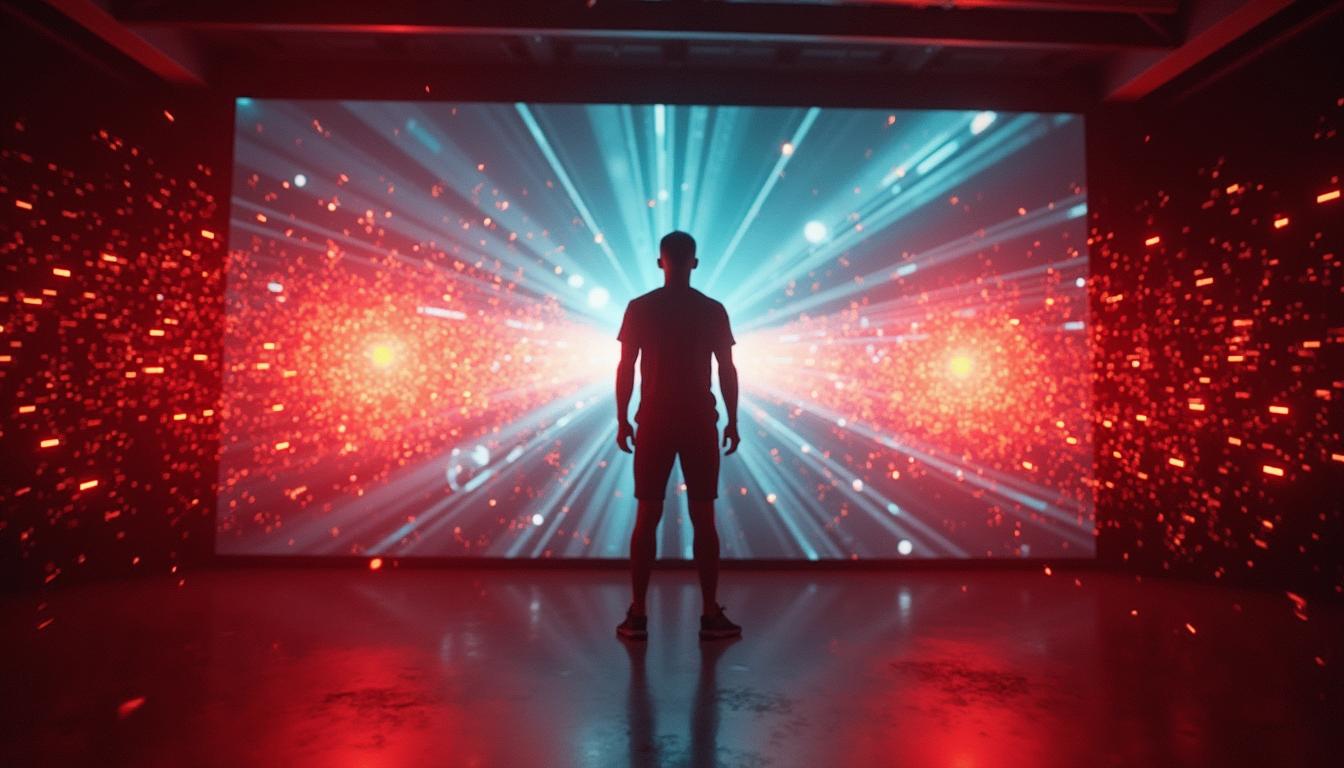Welcome to the Research and Strategy Services at in today's fast-paced.
Black Friday EXTENDED! - Use code BF2025 for 50% off
Black Friday EXTENDED! - Use code BF2025 for 50% off
Black Friday EXTENDED! - Use code BF2025 for 50% off
Black Friday EXTENDED! - Use code BF2025 for 50% off
Black Friday Sale - Use code BF2025 for 50% off
Black Friday Sale - Use code BF2025 for 50% off
Black Friday Sale - Use code BF2025 for 50% off
Black Friday Sale - Use code BF2025 for 50% off
Black Friday Sale - Use code BF2025 for 50% off
Black Friday Sale - Use code BF2025 for 50% off
Black Friday Sale - Use code BF2025 for 50% off
Black Friday Sale - Use code BF2025 for 50% off
Black Friday Sale - Use code BF2025 for 50% off
Black Friday Sale - Use code BF2025 for 50% off
Black Friday Sale - Use code BF2025 for 50% off
Black Friday Sale - Use code BF2025 for 50% off


Concussions seem to be garnering more attention than ever before. Many are still campaigning for the consequences of brain injuries to be taken more seriously. Nevertheless, when it comes to concussions, there seems to be a wide array of misconceptions floating around. Will a helmet protect you against a concussion? Do you have to lose consciousness for your injury to be a concussion? Is it only caused by a direct blow to the head? Today, 5 myths about concussions are exposed. So let’s separate the facts from fiction!
Fact: A loss of consciousness is not the only indicator of a concussion. Approximately only 10% of concussions involve a loss of consciousness. As recently as 2007, 42% of youth coaches were under the false impression that a concussion only occurred when an athlete experienced a LOC. Fortunately, in 2009 other studies were published where 95% of parents were aware that a player did not have to be knocked out to be concussed.
Fact: There are many ways to get a concussion. Concussion/mild traumatic brain injury can be caused by straight-on impact, rotation with impact, whiplash without impact and sideways impact. In addition, a concussion may be caused by a direct blow to the head, face, neck, or elsewhere on the body if the force of the impact is transmitted to the head.
Fact: Traumatic brain injury is an evolving process at the microscopic level of the brain. For days, weeks or even months after impact, chemical and metabolic changes occur. That’s why it is fundamental to prevent any additional concussions during this time period. You want to avoid second impact syndrome at all costs.
Fact: The Centers for Disease Control and Prevention, estimates in the U.S. that approximately 47% of concussed athletes do not self-report. Unfortunately, some players are hesitant to report injury because they want to stay active in the game. In a study conducted by the University of Pennsylvania, it was reported that 27% of athletes who identified as playing contact sports said they had hidden a concussion to stay in the game. In addition, 54% of contact athletes said they would be extremely unlikely or unlikely to report a concussion in a game situation.
Fact: Unfortunately, there is no equipment that can completely protect individuals from a concussion. While certain helmets and mouthguards have been developed with concussion prevention in mind, they do not fully eliminate the risk of sustaining one. Helmets, mouthguards and other protective devices, however, can be helpful to trainers or doctors as some offer more information. For instance, some mouthguards contain accelerometers and gyroscopes which tell you how the skull moved and rotated during a collision. This is important because researchers are starting to believe that concussions are more likely to occur when the head rotates in a certain manner.
Now, you know some of the facts about concussions. To learn more about the latest in concussion research, consider following the Ultimate Concussion Conference this year. The event takes place on October 21st, 22nd and 23rd and features an all star faculty and expert panel discussion.
Featured Image: Johann Schwarz under CC BY 2.0






Welcome to the Research and Strategy Services at in today's fast-paced.

Cognitive training gifts are growing in popularity, here are some of the best options for starting 2026.

Explore five leading tools that support attention and cognitive functioning in ADHD

Discover the best sleep tools athletes use to support peak performance.
.png)